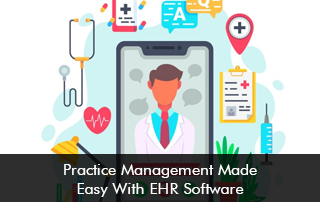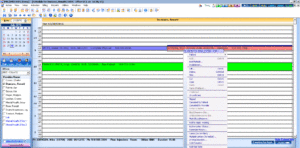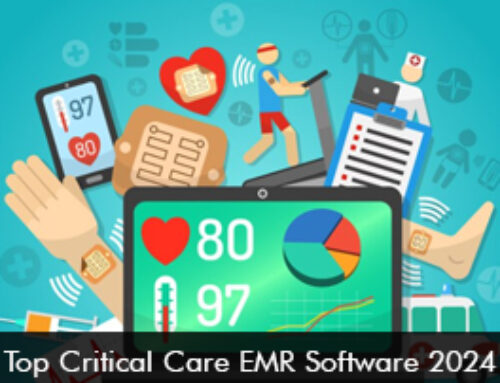Integrated EMR software streamlines processes and improves patient outcomes. Let’s delve into the world of integrated EMR software and explore how it facilitates efficient medical care.
Understanding Integrated EMR Software
EMR software serves as a digital version of a patient’s paper chart, storing comprehensive information about their medical history, diagnoses, medications, treatment plans, immunization dates, allergies, radiology images, and laboratory test results. Integrated EMR software takes this a step further by consolidating various aspects of healthcare management into a single platform.
Streamlining Patient Information
Gone are the days of rifling through endless paper files to find patient records. Integrated EMR software centralizes all patient information, making it easily accessible to authorized healthcare providers. This streamlined approach minimizes the risk of errors, enhances communication between medical staff, and ensures that crucial information is always at their fingertips.
Enhancing Coordination of Care
In a healthcare setting, collaboration among different specialists is vital for delivering comprehensive care. Integrated EMR software facilitates seamless communication and collaboration among healthcare professionals. Physicians, nurses, pharmacists, and other stakeholders can easily access and update patient records, ensuring that everyone involved in the patient’s care is on the same page.
EMR Software Improves Decision-Making
Integrated EMR software provides healthcare providers with real-time access to critical patient data, enabling informed decision-making. From medication management to treatment planning, clinicians can rely on up-to-date information to make the best possible decisions for their patients. Decision support tools embedded within the software further assist providers by offering evidence-based guidelines and alerts for potential issues.
Enhancing Patient Engagement
Empowering patients to actively participate in their healthcare journey is essential for improving outcomes. Integrated EMR software often includes patient portals, allowing individuals to access their medical records, schedule appointments, request prescription refills, and communicate with their healthcare team online. This level of engagement fosters a sense of ownership over one’s health and promotes better adherence to treatment plans.
EMR Software Ensures Data Security and Compliance
With the increasing digitization of healthcare data, ensuring its security and compliance with regulations such as HIPAA (Health Insurance Portability and Accountability Act) is paramount. Integrated EMR software employs robust security measures, including encryption, access controls, and audit trails, to safeguard patient information. Compliance features help healthcare organizations adhere to regulatory requirements, minimizing the risk of data breaches and penalties.
Enhancing Workflow Efficiency
Efficient workflows are essential for maximizing productivity and minimizing wait times in healthcare settings. Integrated EMR software optimizes workflow by automating routine tasks, such as appointment scheduling, billing, and prescription management. This automation reduces administrative burdens on staff, allowing them to focus more on patient care. Additionally, features like electronic prescribing enhance accuracy and efficiency, eliminating the need for handwritten prescriptions and reducing medication errors.
EMR Software Facilitates Population Health Management
Integrated EMR software extends beyond individual patient care to encompass population health management. By aggregating and analyzing data from a large patient population, healthcare organizations can identify trends, assess risk factors, and implement targeted interventions to improve public health outcomes. From chronic disease management to preventive care initiatives, integrated software plays a crucial role in promoting population health.
Supporting Telemedicine and Remote Monitoring
The rise of telemedicine has transformed the way healthcare is delivered, particularly in remote or underserved areas. Integrated software integrates seamlessly with telemedicine platforms, enabling healthcare providers to conduct virtual consultations, monitor patients remotely, and deliver continuity of care regardless of geographical barriers. Remote monitoring features allow clinicians to track vital signs, medication adherence, and other health metrics, empowering patients to manage their conditions more effectively from the comfort of their homes.








